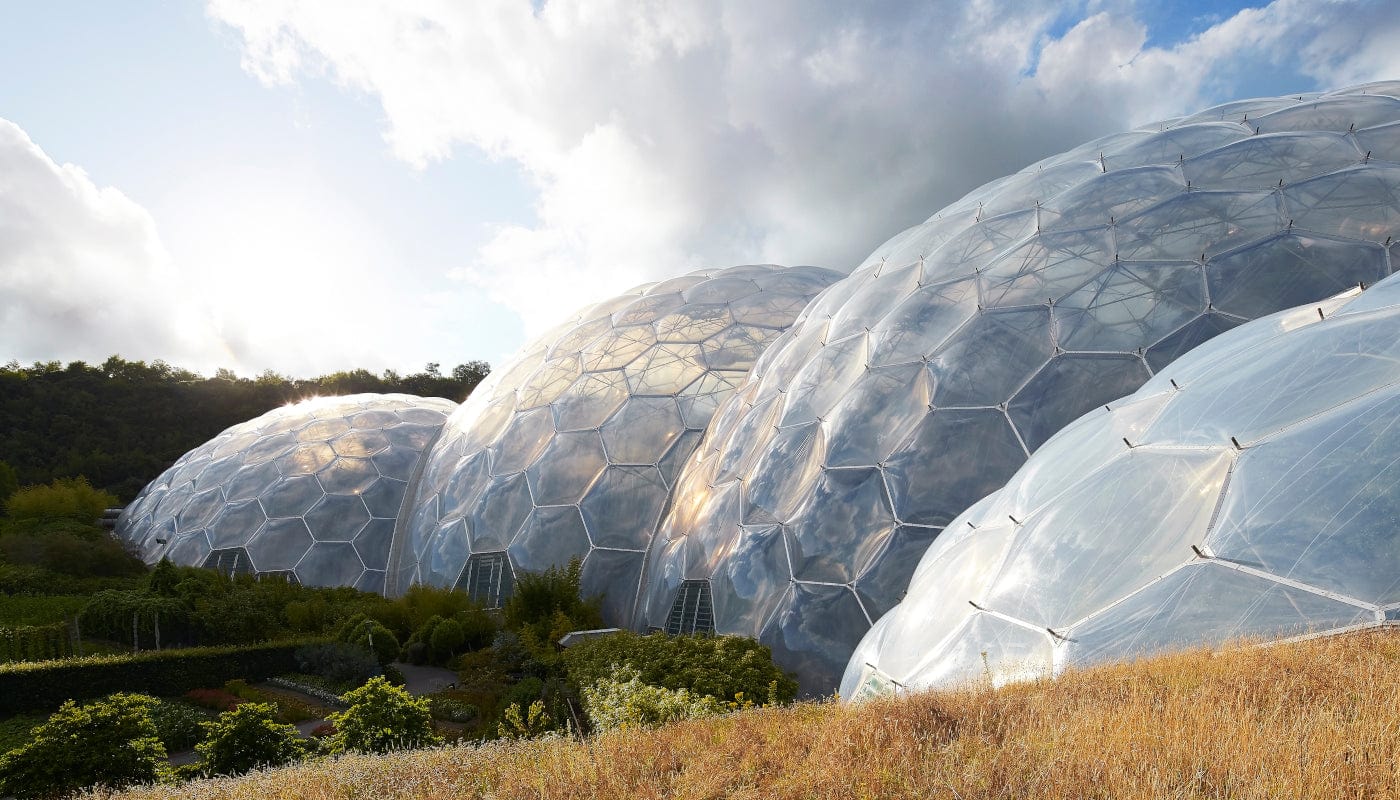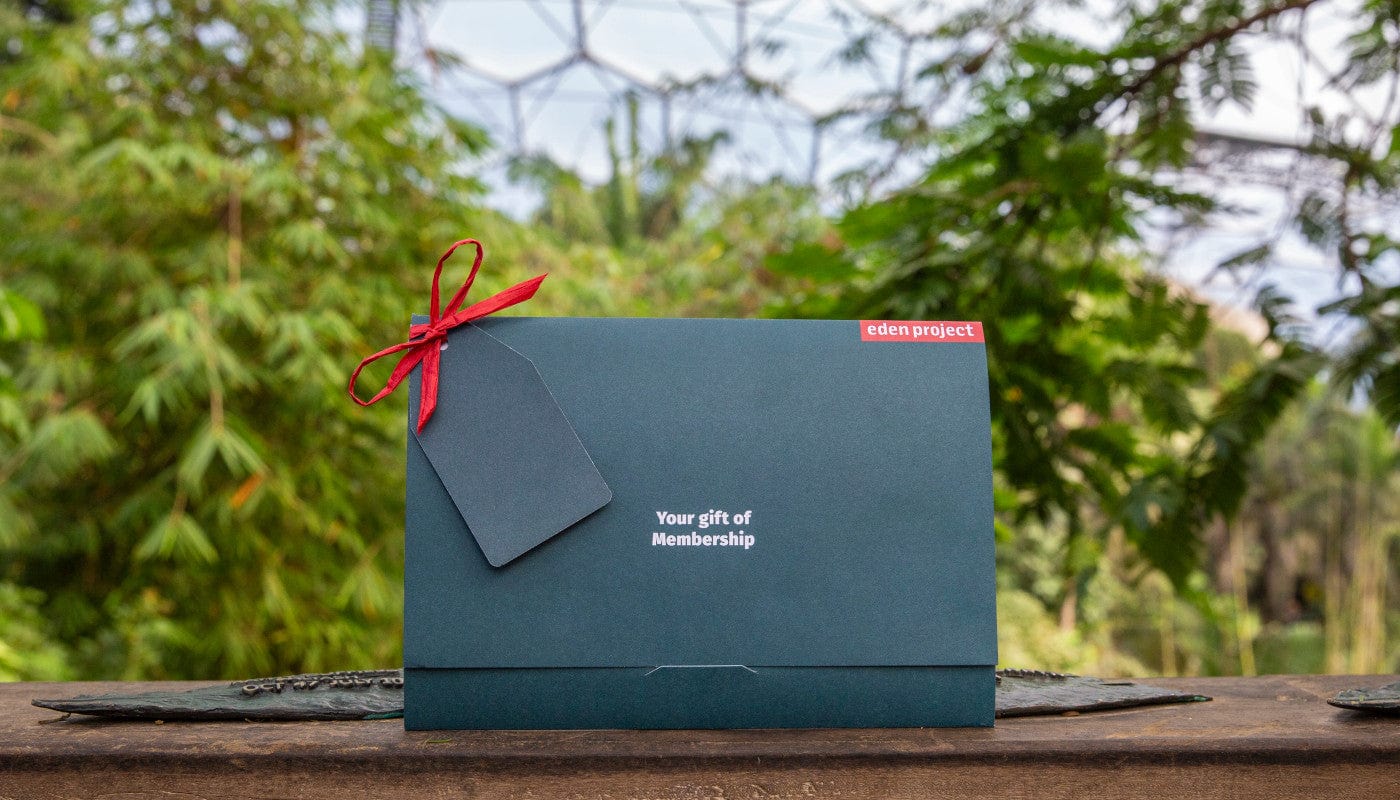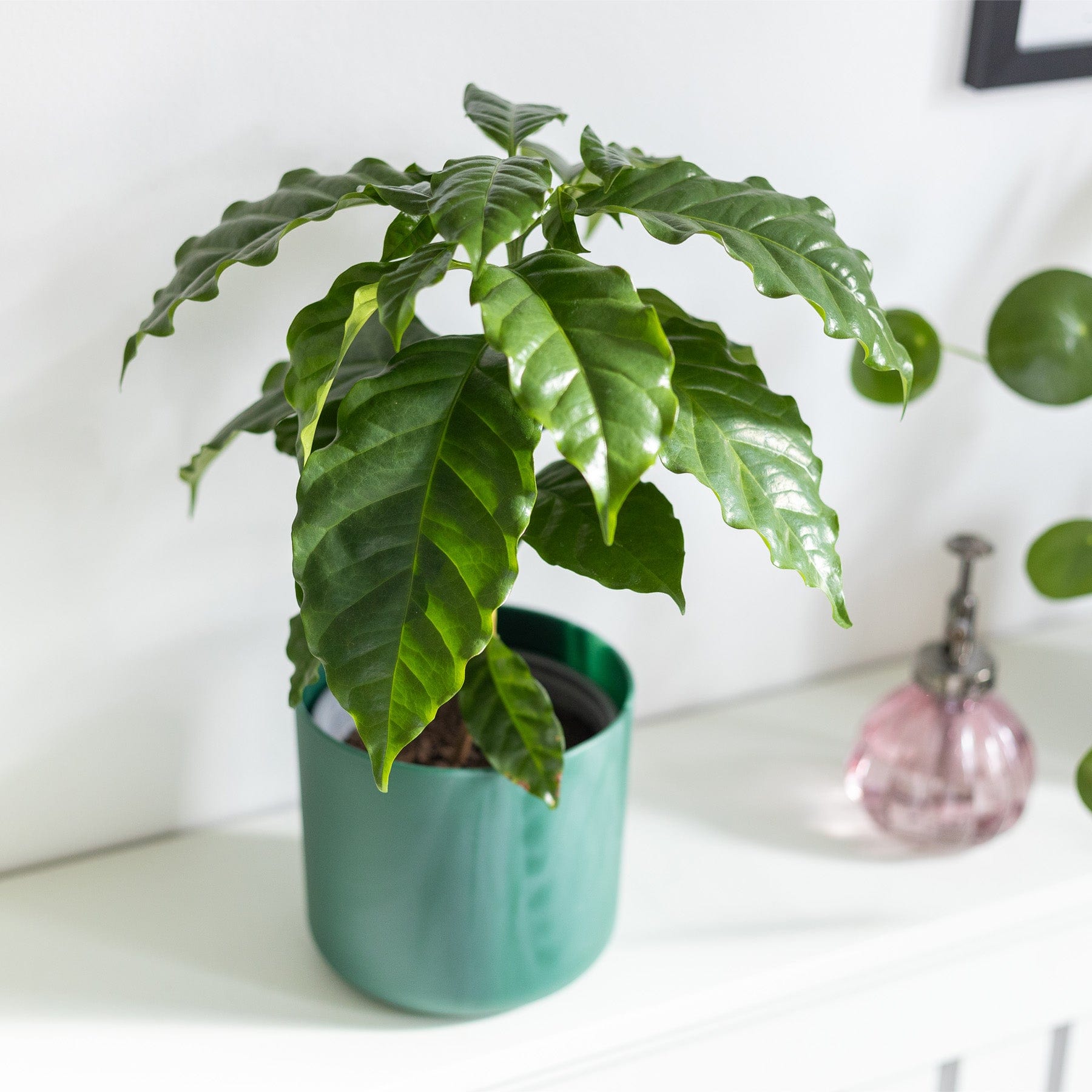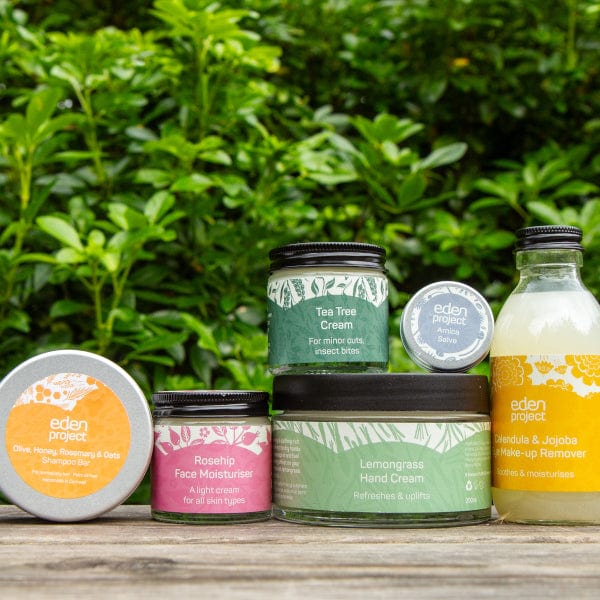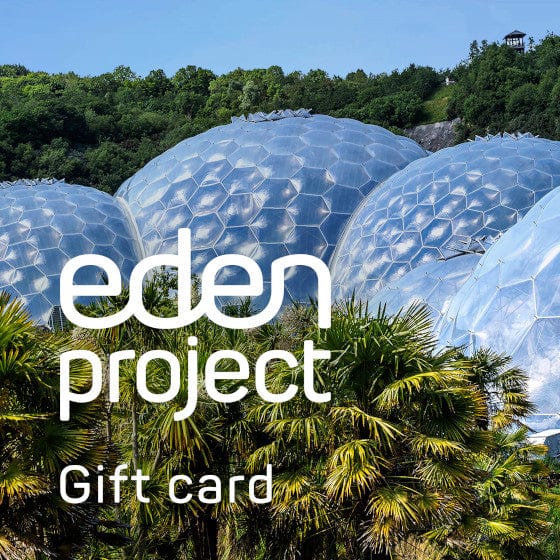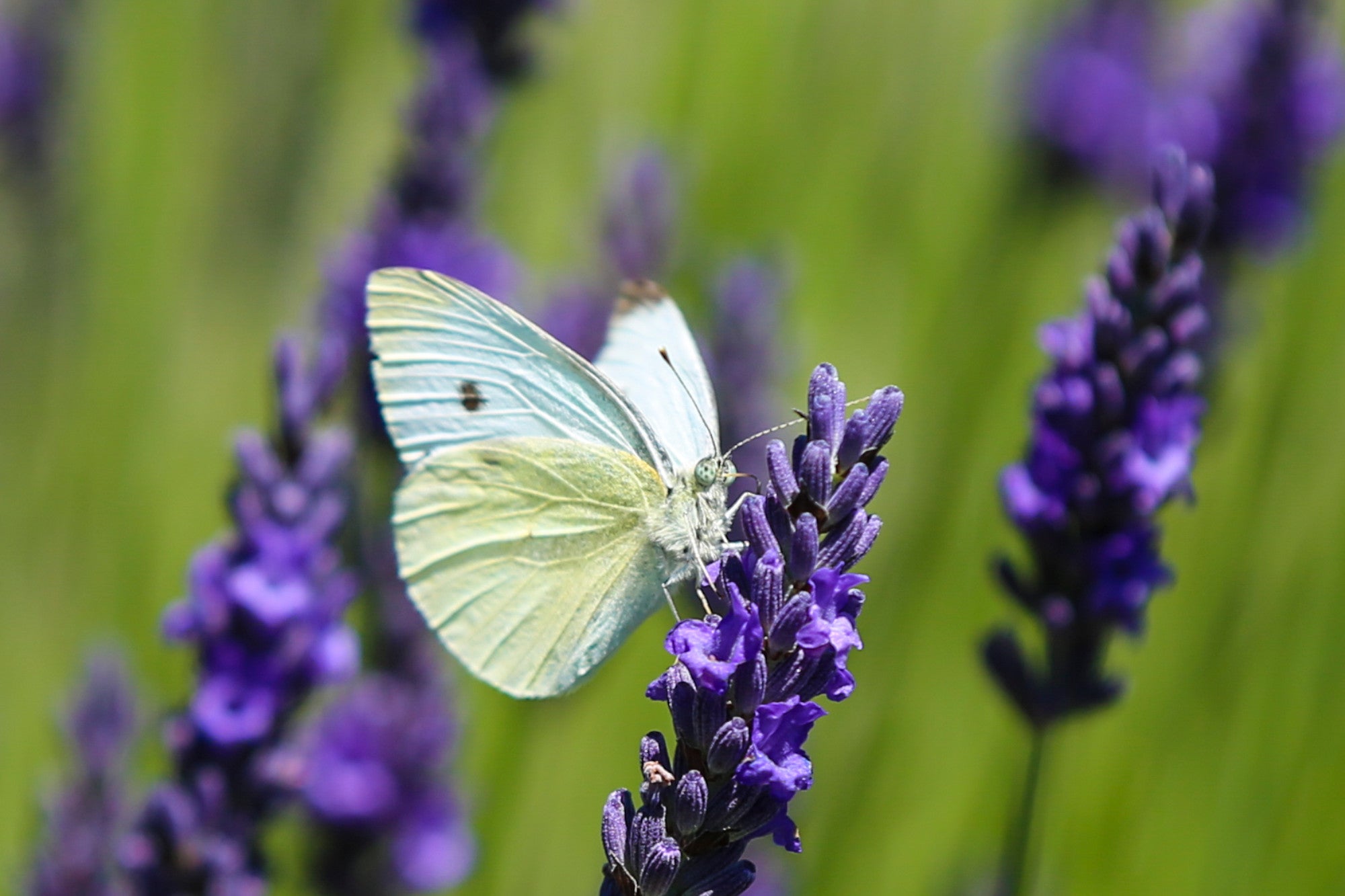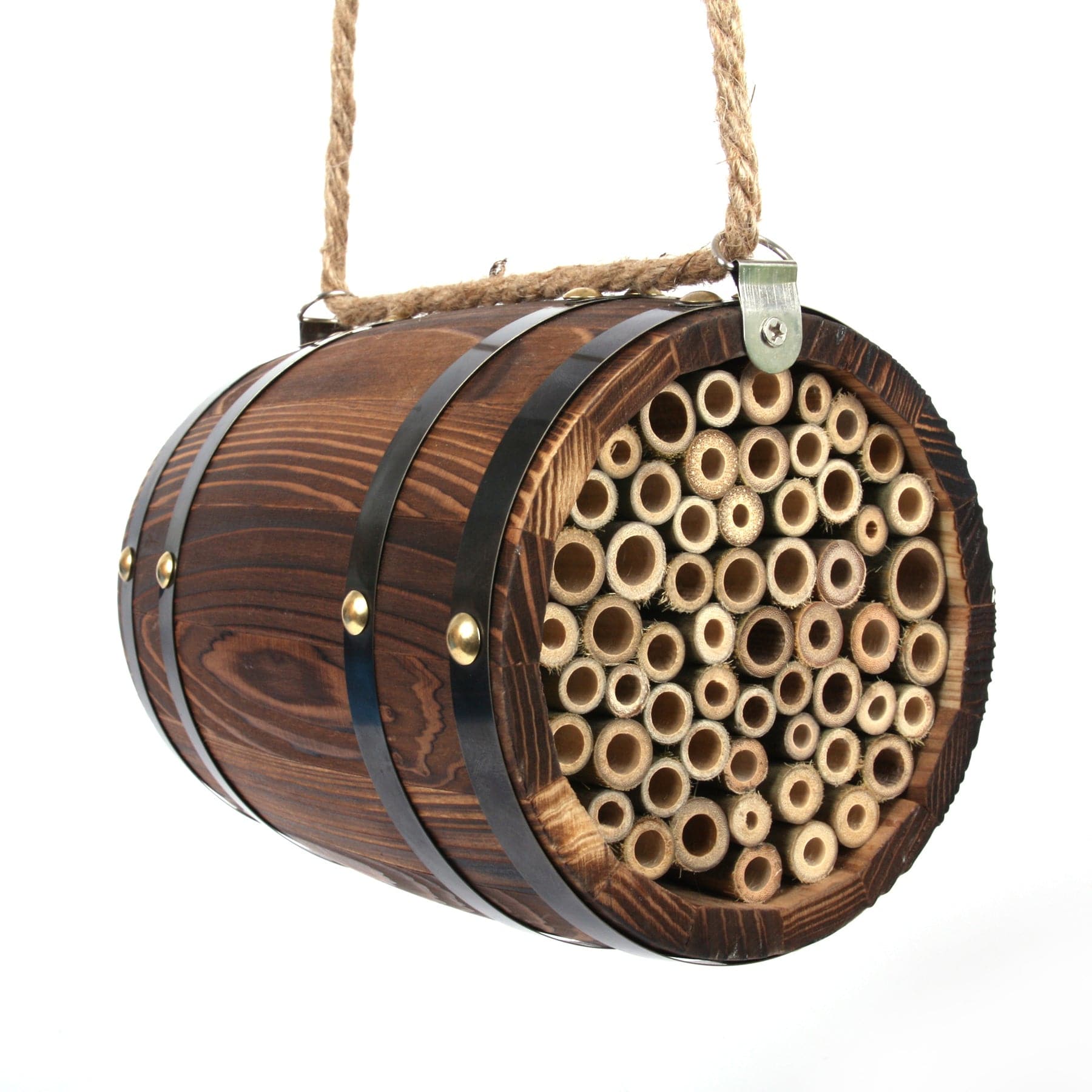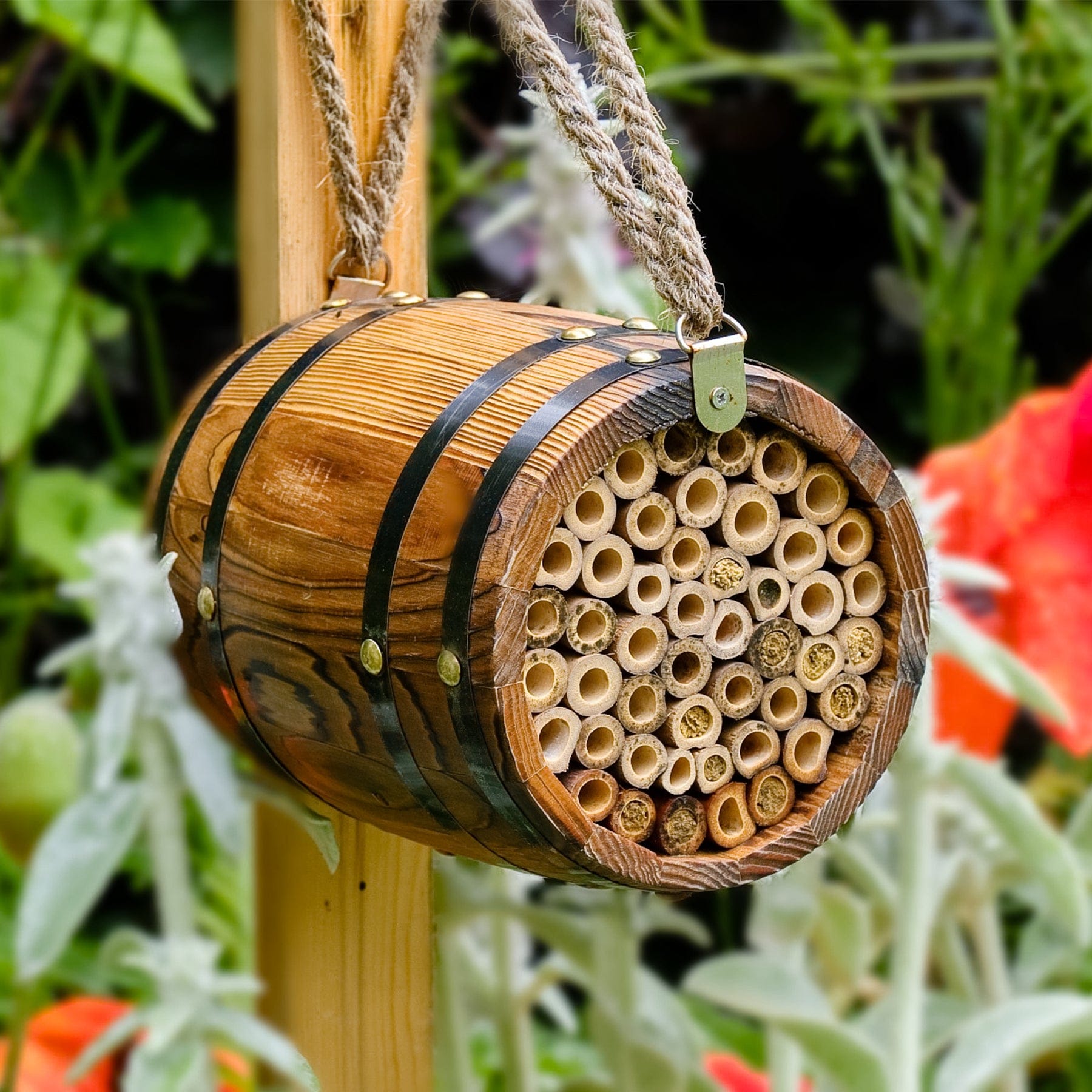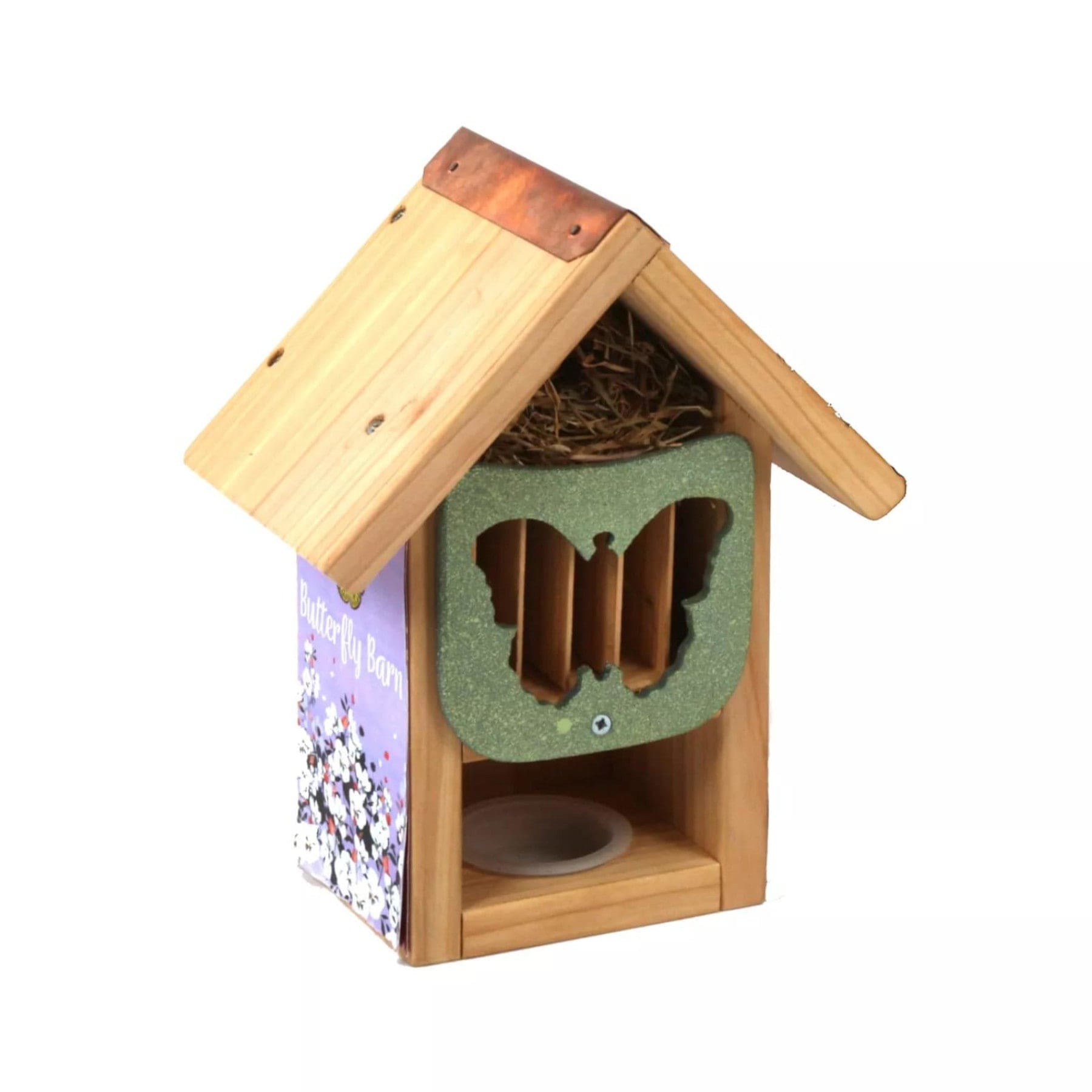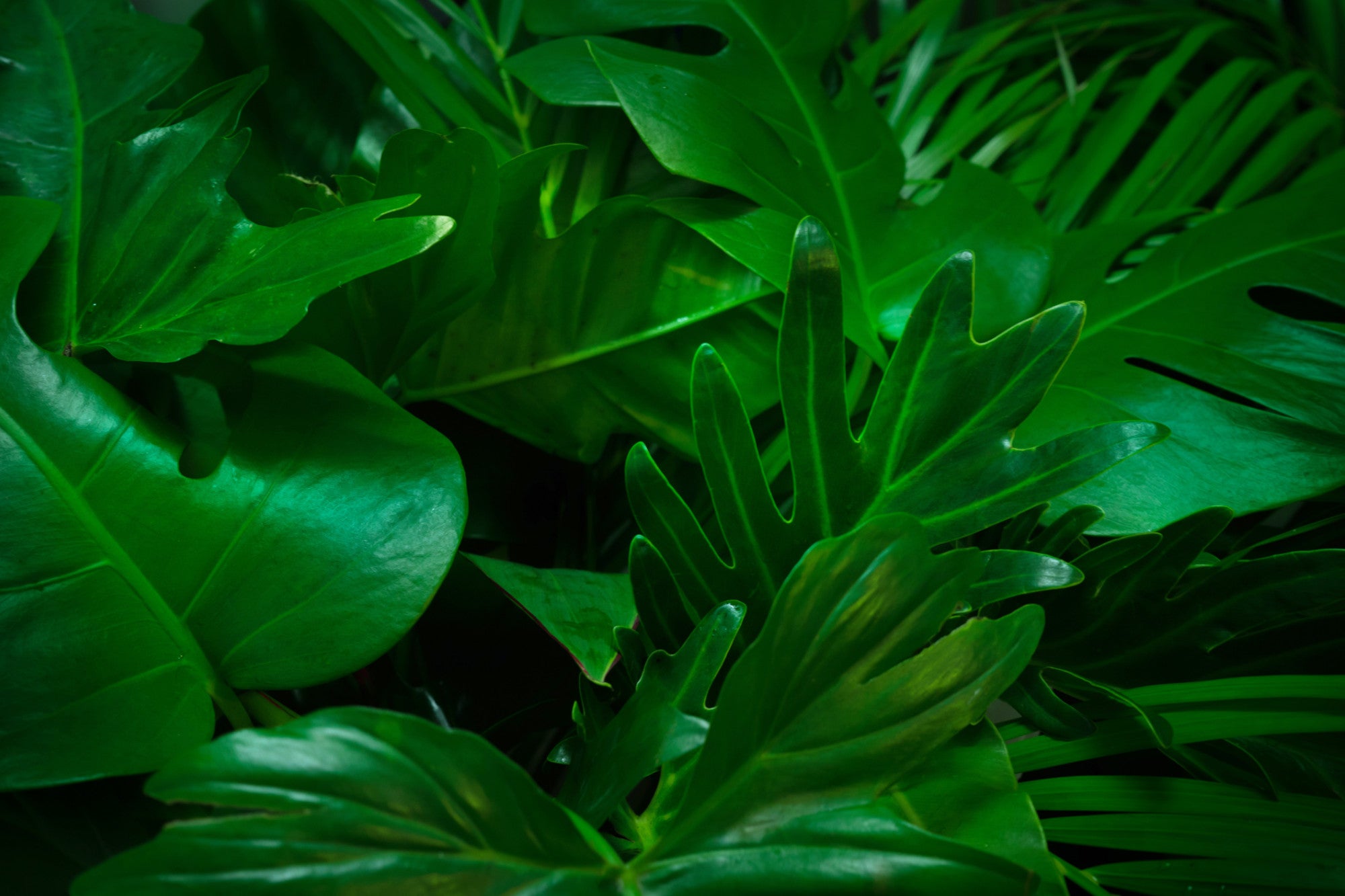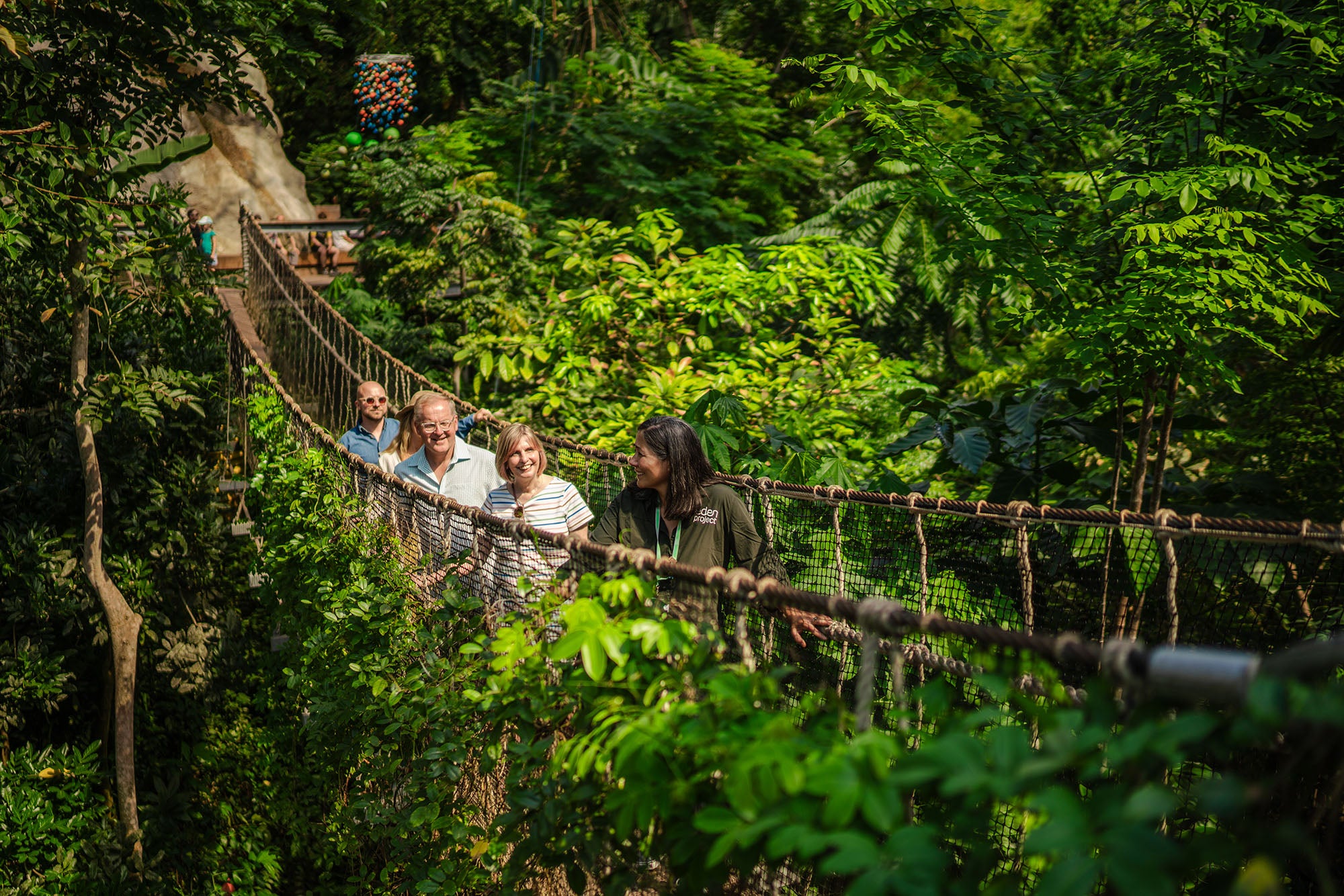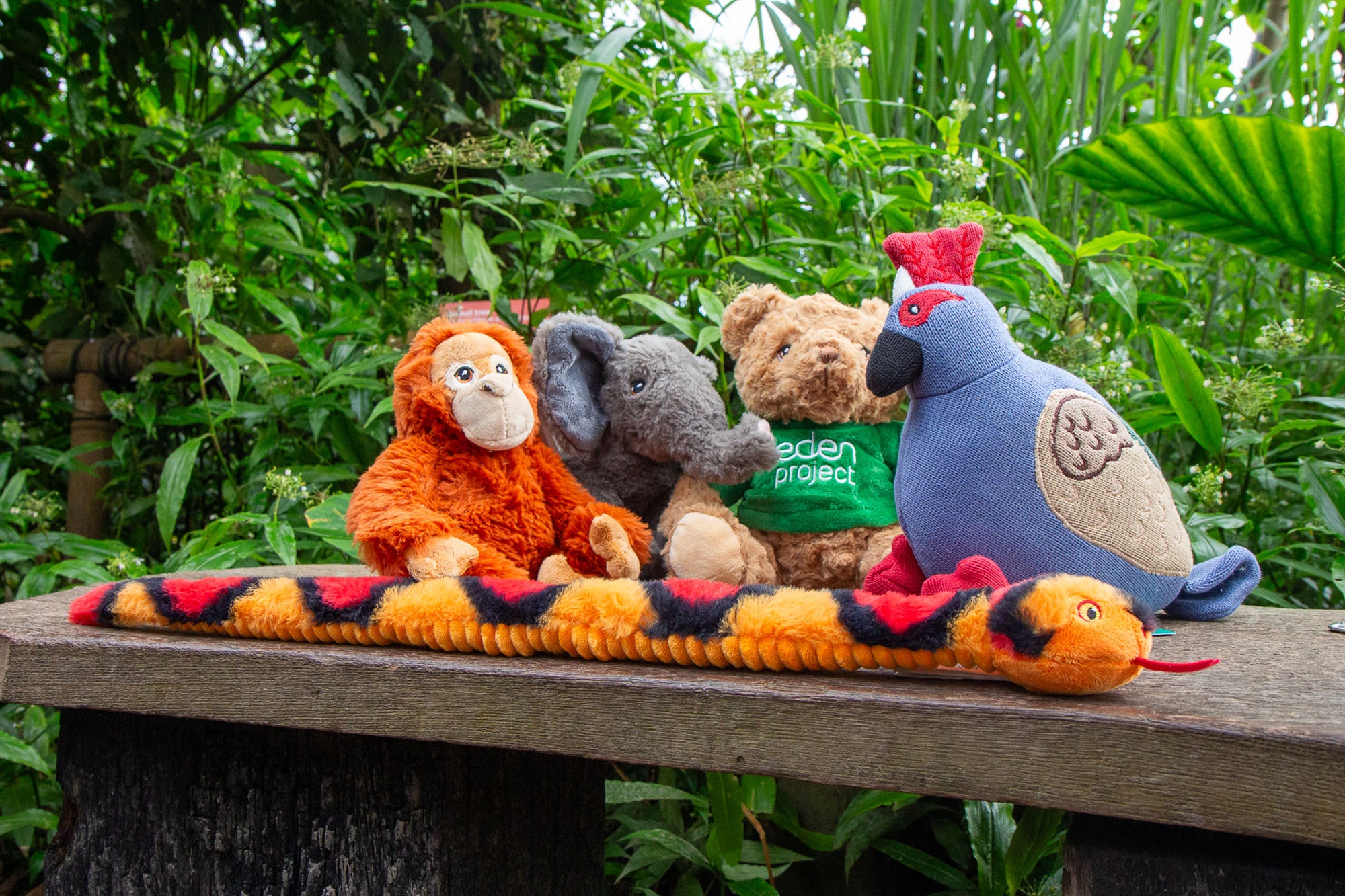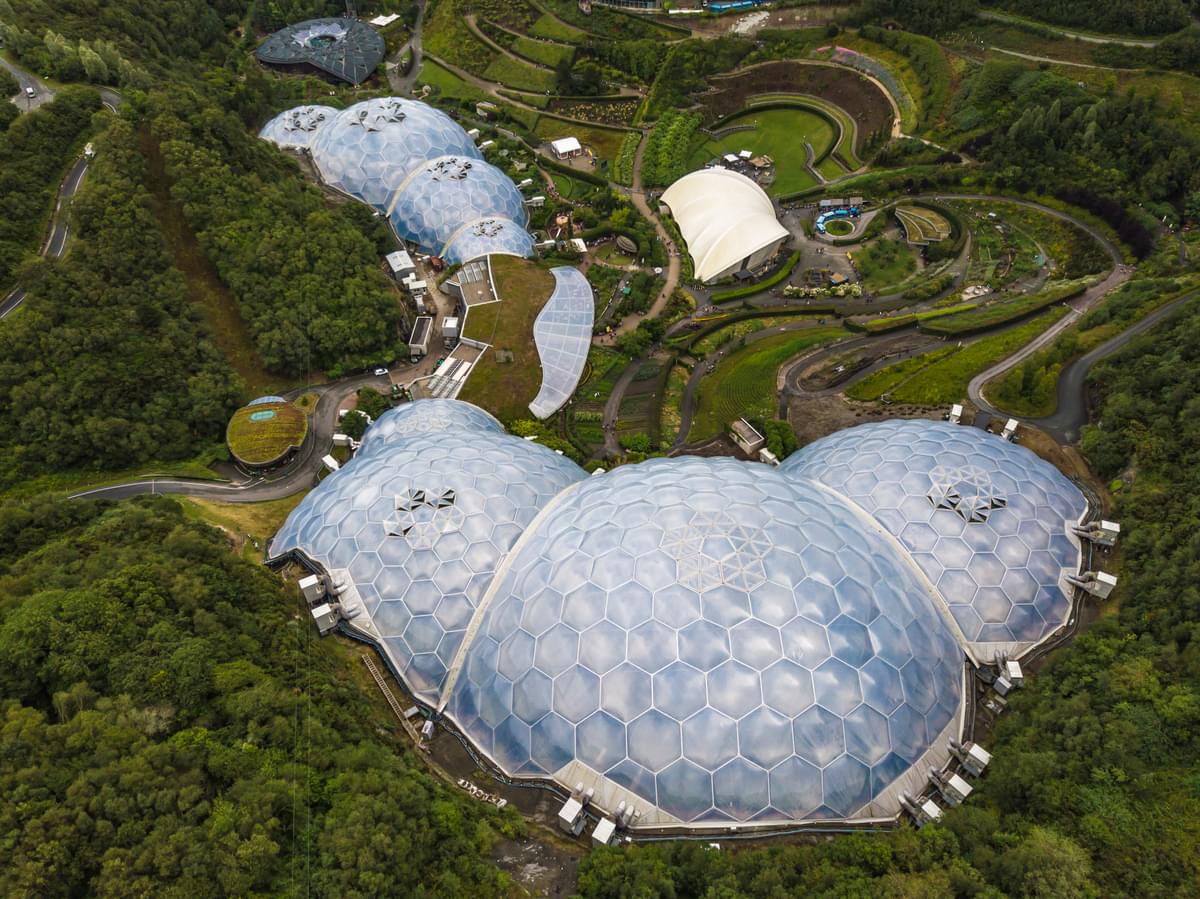A guide to transforming your garden to attract more wildlife
Turning your garden into a wildlife haven is an excellent way to help native species thrive, and it allows you to see some wonderful wild animals up close from the comfort of your own home. The great news is that even if you have only a small space to work with, there’s still so much that you can do to encourage more wildlife into your garden.
From simple changes such as incorporating plant pots to building bug hotels and creature corners, we’ve listed some of the best ways to encourage biodiversity in your garden. Following the steps below will help you to maintain a healthy and thriving environment.
How to make a wildlife garden
No matter if you’re an avid gardener who likes to keep their plants trimmed back and pristine, or if you prefer a low-maintenance approach, creating a wildlife garden isn’t as daunting as you may think and can still fit in with your preferences and gardening ability. With just a few simple changes, you can start to see flowers blooming, bees buzzing, and creatures thriving in your very own sanctuary.
The best plants for wildlife
Native wildflowers are often some of the best plants to encourage visitors. Not only are they very low maintenance, but they also provide important sources of nectar and pollen for bees and many other insect species. For a very low-maintenance garden, you could opt to implement a wildflower lawn. You can do this by letting your grass grow out and using wildflower seed bombs to attract a wide array of species. Whilst bugs will be attracted to the flowers, you may also start to see an influx of birds or even bats and other small mammals who will be drawn to the insects as a food source. Read our full guide to learn more about growing a wildflower lawn.
Alternatively, if you prefer a garden with a more intentional design and designated flowerbed spaces, you may wish to choose specific plants to help attract visitors. Daisies, sunflowers, and crocus are all great options and make for beautiful displays. But if you have a particular species in mind that you’d like to see more of in your garden, it’s best to tailor your selection of plants. Seeds of Italy provides a ‘pet range’ which consists of seed packets designed to attract certain species. This can also help gardeners maintain a healthy garden and eliminate unwanted guests. For example, the ladybird selection when planted near crops will help to get rid of greenflies.
In addition to enticing flower displays, research shows that gardens with trees and shrubs attract more wildlife. If you have the space, we’d suggest incorporating silver birch, hawthorne, and dogwood into your garden. If you have an adjoined front lawn, you would also benefit from using hedgerows rather than fences to create a separation between your property and your neighbours.
Garden sustainably
Whichever plants you choose to incorporate into your garden, you must use eco-friendly soils, fertilisers, and other plant care products. Many readily available high street options contain peat or artificial chemicals that are damaging to the environment and the animals that inhabit it. Try to choose organic products that are free from toxic, artificial pesticides, herbicides and fungicides and those that are FSC-certified or in plastic-free packaging.
Choosing products from a B-Corp certified company can help you to ensure that you’re making eco-conscious choices whilst also allowing your garden to thrive. For example, the BioChar all-purpose compost will provide your plants with adequate draining and plenty of nutrients, and it is not harmful to insects.
Provide a source of food and water
Providing a constant source of water is one of the best things you can do to attract more wildlife to your space. When combined with food and places to shelter, you’re likely to see more and more visitors each day. You can use a few shallow dishes if you don’t have the space for a bird bath or a pond. Just remember to regularly refresh the water and clean the dishes to help limit the spread of any diseases.
If you do have a pond, or a deeper body of water low to the ground, make sure that you place a small log or plank of wood in the water so that any creatures that may accidentally fall when taking a drink in can safely get out.
In terms of food, in addition to plants and insects which act as natural food sources for many wildlife species, you can opt for a bird feeder. If you’d like, you can also put out food for hedgehogs but this will need to be sheltered to stop rats and pets getting to it. To learn more about how to feed hedgehogs or birds, you can read more detailed information on our dedicated garden visitor blogs: ‘How to attract birds to your garden’ and ‘How to attract hedgehogs to your garden’.
Build wildlife habitats
Alongside food and water, your new inhabitants will need a place to rest away from predators. This could be in bushes, in birdhouses, or in bug hotels. Lack of shelter is a common reason why wildlife may be staying away from gardens, especially in homes which have pets. If you’re handy with tools and hardware, you can undertake a fun project to build custom habitats for your garden. But for a fully wild and natural look, you can easily put together some rock shelters or piles of sticks, logs and leaves which work just as well and can attract small mammals such as stoats, mice, voles, and more.
Piles of partially buried dead wood are also great for insects like beetles and fungi growth. When done correctly, this can look quite rustic but more importantly will provide more habitat options for a greater range of species that can make your garden more biodiverse. Alternatively, if you want to entice a certain species but want a more whimsical and homely look, you can place a ready-made shelter in your garden such as a frog home or ladybird tower.

Ultimately, when trying to attract wildlife, a garden is best left undisturbed. Once you’ve planted your flowers, and added your food and shelter, leave the garden to naturally grow and change to see the best results. However, if you are an avid gardener and want to create a stunning landscape whilst also offering a safe space for wildlife, this doesn’t mean you have to give up your hobby. You can switch to natural pest control methods, trim back plants in the winter, and take a more relaxed approach to weeding as even though they may be unsightly, they can still be great for attracting pollinators.
Add biodiversity to your space with the Eden Project Shop
At The Eden Project, we understand the importance of looking after our natural environment and doing what we can to support native species, flora and fauna. That’s why we stock a wide range of items which can help you build a lively and diverse ecosystem within the confines of your home. Browse through our ‘attracting wildlife’ collection or our full garden range to find some new additions to your garden.

